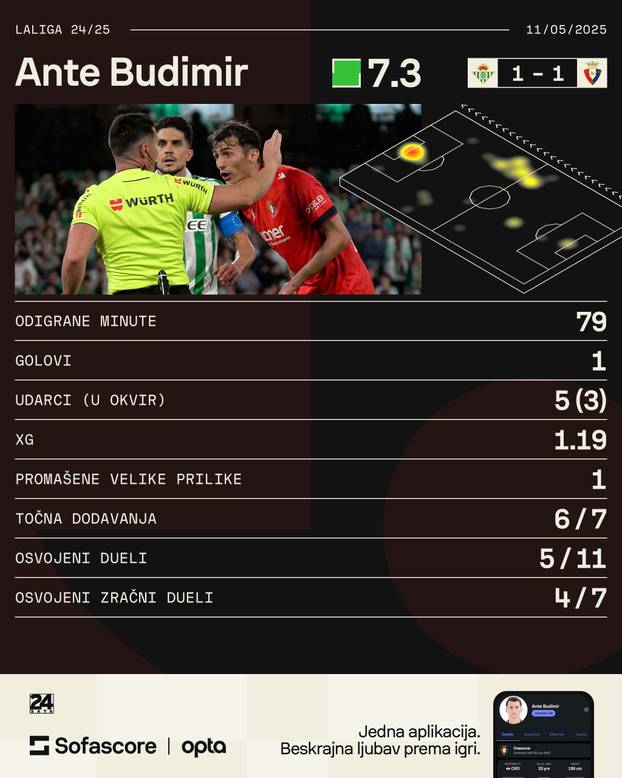Nearly 3 million Bulgarians cannot meet unexpected expenses

The risk of poverty is also expressed in specific household deprivation. The NSI measures restrictions by 13 indicators of material and social deprivation, including the ability to save, rest, home maintenance, buy for housing, car, clothing and shoes.
| In 2024, about 46% of households – or nearly 3 million people – cannot meet unexpected financial costs such as urgent renovation of the home or car, a sudden illness, replacement of washing or refrigerator, and more. |
Every fifth Bulgarian is poor, parents of 21.2% of children cannot buy them a bike
More than 41% cannot afford a one -week vacation outside the home, over 39% – replacing old furniture, and 19% – maintaining a normal temperature in their home. Every fifth of people over 16 has difficulty buying clothes and shoes and there is not even a small amount of money for personal needs.
In 2024, 16.6% of the population lived in heavy materials and social deprivation – there were restrictions in at least 7 of the 13 indicators. Compared to 2023, this is 1.4 percentage points less.
Material deprivation in children also decreased in 2024, but remain relatively high. The NSI assesses the restrictions in children in 13 indicators.
| Most children – 23% – are deprived of resting outside home, 21% do not have outfit for outdoor games (wheel, rollers, skates, etc.), and 19% cannot participate in regular swimming activities, playing a musical instrument and more. |
Every tenth child does not have new clothes, two pairs of shoes, one day meal involving meat or the ability to celebrate special occasions (birthdays and names). Nearly 7% of children do not have a suitable place to learn and write homes, and 14% do not have age -appropriate books (without textbooks and teaching aids).
Over ¼ of children (28.6%) have deprivation of at least one of the 13 indicators, and for 2.2% of them no need can be satisfied for financial reasons.
Deprivision in children have similar reasons such as the risk of poverty for households as a whole – the educational degree, employment and profession of parents play a major role. Approximately 10 times smaller is the proportion of children at risk of poverty, whose parents are university graduates compared to that of children with people with elementary or without education.
Everyone loves retirees
These data again show that a large part of the population lives with material deprivation, households suffer from a number of restrictions, and the needs of many children remain dissatisfied.
| Poverty cuts clearly indicate that the reduction of poverty and deprivation goes mainly through the increase in education and employment. |
For this purpose, effective measures should be focused on the more complete scope of the education system (including by reducing dropping out), linking education to the labor market (mainly in professional and higher education), overcoming the structural problems of the labor market (mainly by increasing economic activity and skills). Shorter-term measures, on the other hand, require a more focused social policy-mainly through targeted and adequate support for the most needy, not by scattering the limited resource in the approach of « each by little ».










